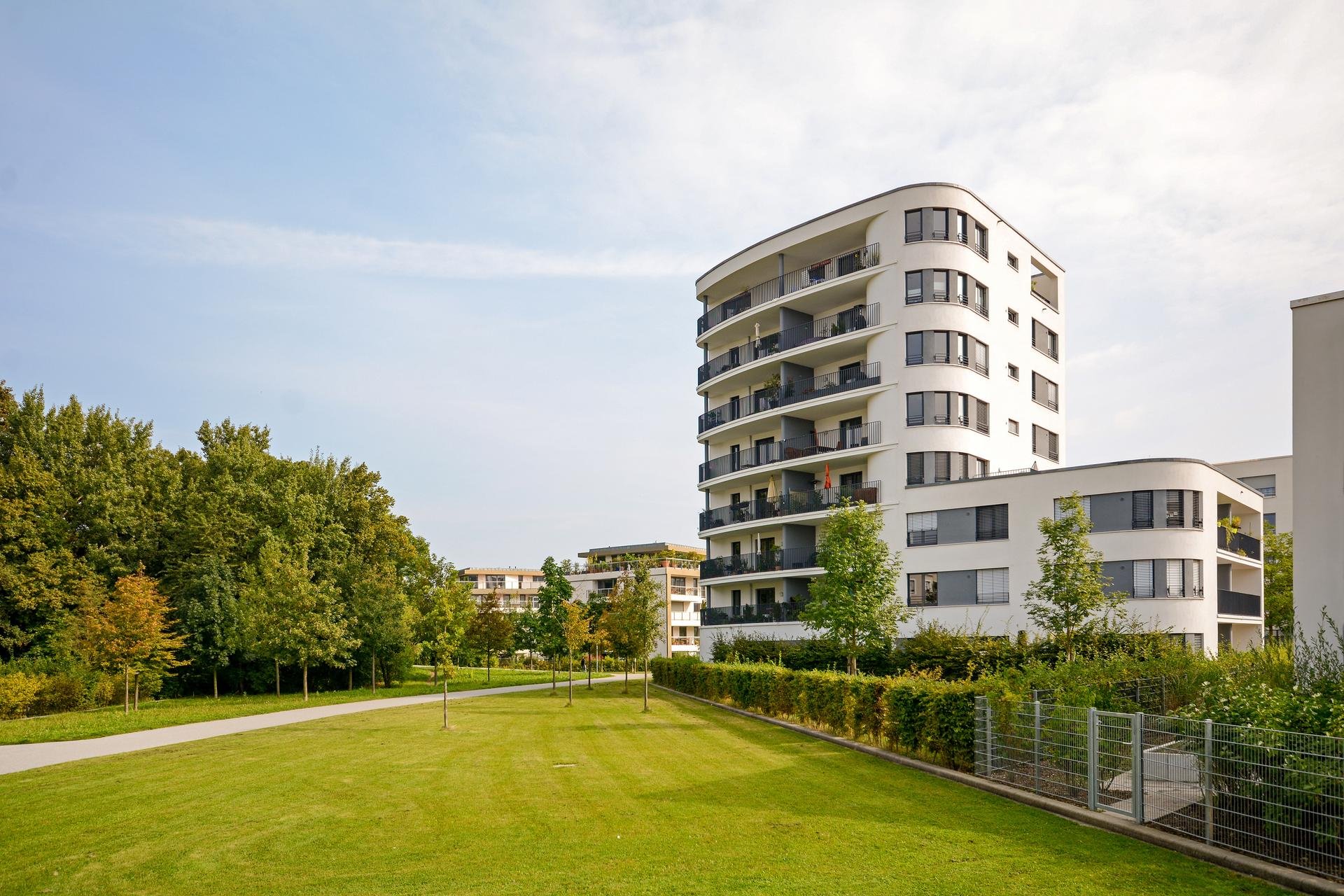- Textiles with organic certificates
- Cheap ecologic energy
- Types of plastic
- Gardens of the Senses
- Green stops
- Houses for insects
- Anti-smog pavement
- Solar panels
- Ecological clothes
- Energy-efficient buildings
- Composter
- 10 ideas for green life
- Rain gardens
- Solar house
- Recycling of clothes
- Organic food
- Eco plates and cutlery
- Eco cleaning the house
- Organic milk
- Ecological cooking
- Carpooling
- Green walls
- Microplastic
- Saving water
- Ecological certificates
- Mobile eko apps
- Eco straws
- Ecological bags
- Being Eco
- Urban apiary
- Xeriscaping
- Green roofs
- Green architecture
- Hortitherapy
- Overheated city
- Open composters
- Smart cities
- Smog
- Functions of greenery
- Miniature Parks
- Electric cars
- Why are the trees in the city so important?
- Zero Waste
- Ecological shopping
- Ecological office
- Use rainwater!
Energy-efficient buildings – what are they?
Energy-efficient buildings – what are they?

The idea of smart cities or green cities is becoming increasingly widespread and utilized, and the saying goes that it is best to start from your own garden… in this case, this would mean “from your own plot”. Energy-efficient buildings are the future of the architecture and the environment they serve. Today, it is a choice, yet it can become a necessity in a couple of years. What to do if you cannot build an energy-efficient house from scratch? You can adapt your current flat or house, so that as little energy as possible (and much less money from your wallet) would escape.
A couple of changes
Although introduction of such changes may generate costs, the investment in a house you would live in for many years will certainly bring profits. Of course, you do not have to introduce them all at once, just one of them will be enough for the start.
- Wall insulation: according to specialists, the optimal thickness of the insulating layer would be 12-18 cm. This will let you avoid the escape of heat through the walls.
- Appropriate ventilation: preferably, it should be mechanical ventilation with a recuperator retrieving heat from the extracted air and transmitting it to the newly supplied one.
- Good insulation: as much as 10% of the heat escapes through so-called heat bridges. Check your windows, doors or balcony in this regard.
- Light bulb replacement: one of the simpler actions you can take. An energy-saving spiral bulb will consume up to 5 times less electric power than an ordinary one!
- Arrangement of rooms in relation to the sun: if you have an opportunity for a little renovation or furniture rearrangement – it is worth thinking about it. With a bedroom situated on the eastern side, it will be easier to get up early in the morning, while a living room located on the southern side will allow utilization of daylight to the full extent.
- Energy-saving devices: think of appropriate household appliances – washing machine, dishwasher, refrigerator; appropriately chosen devices will complement your efforts for an energy-efficient house.
All the factors mentioned above will have a positive impact on the family budget but will also benefit the environment and the inhabitants’ well-being.



